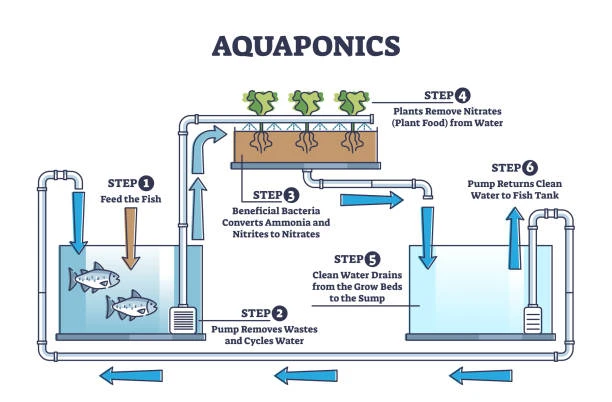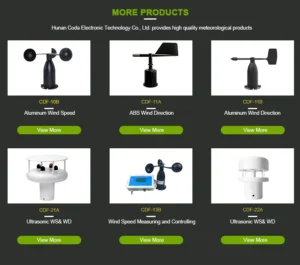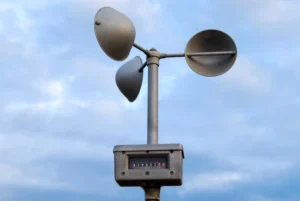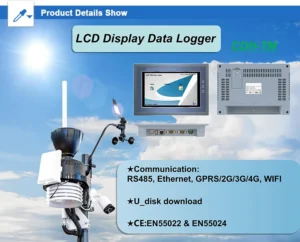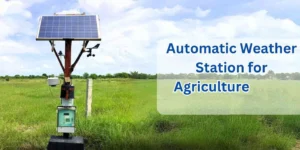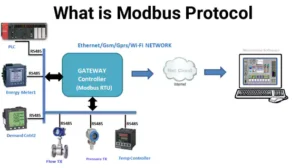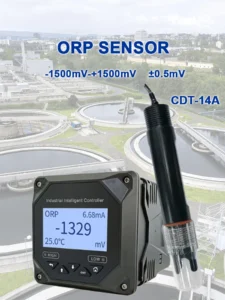Briefly describe the advantages and functions of the aquaculture monitoring system
Introduction:
China has a long history of freshwater fish farming. This dates back to the Yin Dynasty over 3,000 years ago. Over the years, Chinese fish farmers have learned a lot from their work. They have also developed new ways to farm fish.
Today, aquaculture in China includes more than just fish. It also includes shrimp, crabs, shellfish, algae, and water plants like lotus and gorgon. This has created a whole industry for farming with water. An aquaculture monitoring system is important for society, the economy, and daily life.
In the last thirty years, the global aquaculture sector has become important in animal food production. China makes up about two-thirds of the world’s aquaculture output. The industry supports food security in the country. It also creates jobs, raises farmers’ incomes, and helps improve water quality.
The sector is growing quickly. Traditional farming practices are changing. They are moving to modern, healthier methods that use new technologies. This change has made a new and better way to monitor fish farming.
This system uses video cameras. It checks water quality and monitors the environment. You can watch and manage fish farming environments in real-time from far away. This change takes us from old ways to smarter and better operations.
The aquatic farming monitoring system offers the following key advantages:
1. **Control Over Breeding Conditions**:
You can change key factors. These include water temperature, oxygen levels, pH balance, and ammonia levels. This means you do not depend on the weather.
2. **Cost Reduction**:
The system reduces labor and optimize feed costs. It does this by automating tasks and using resources better.
3. **Automation and Efficiency**:
It allows for complete automation of aquaculture processes. It gives early warnings for emergencies. It also improves safety, efficiency, and yield.
Functions of the Aquaculture Monitoring System
1. **Video Monitoring**:
Cameras watch each breeding pond from above and below the water. Video feeds are sent to a central platform for remote monitoring 24 hours a day. This helps keep operations safe, makes management more efficient, and improves decision-making in science.
2. **Automatic Water Level process control**:
The system has sensors for liquid levels. It checks the water levels in real time. If levels go above safe limits, management sends alerts and takes quick action.
3. **Water Temperature Monitoring**:
Using temperature sensors, the system tracks water temperatures across aquaculture operation zones. Alerts let staff know when temperature changes exceed safe limits.
4. **Dissolved Oxygen Monitoring**:
Sensors check oxygen levels in each pond. This helps make the best environment for fish and other water animals. If levels go up or down too much, we act quickly.
5. **Monitoring Ammonia Nitrogen, Salinity, and Turbidity**:
These water quality parameters affect the growth rate and quality of aquatic organisms. Continuous monitoring helps us make quick changes. This keeps conditions just right.
6. **Environmental Monitoring**:
Sensors gather real time data on different weather conditions. They measure the air temperature, humidity, and air pressure.
They also track light intensity, wind speed, wind direction, and rainfall in breeding areas. This helps predict bad weather. It also helps create the best environment for fish farming.
The aquatic farming monitoring system uses advanced automation and real-time monitoring. This helps support sustainable practices. It also makes things work better reduce risks and gives better results.

